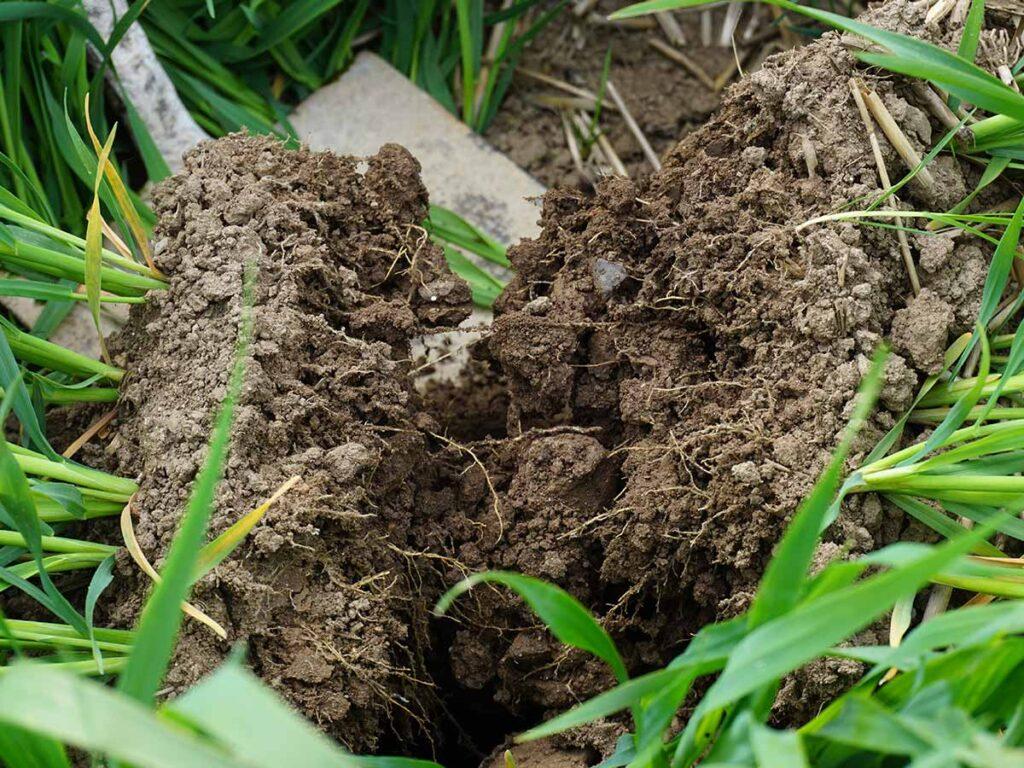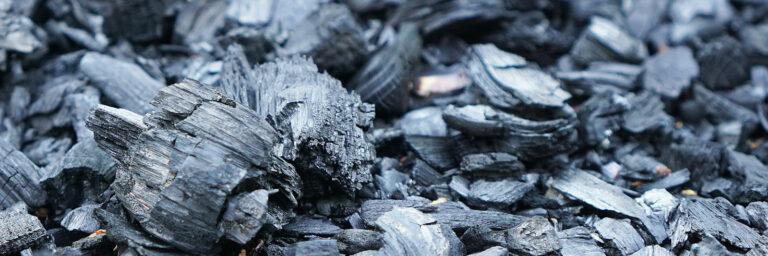
April Business Update: SRUC
After two years of operation as a Limited Company, Agrecalc became part of Scotland’s Rural College (SRUC) as of 1 April 2025.
Slurries provide a source of organic nutrients, help build soil health, and reduce farm reliance on synthetic fertilisers, thus reducing artificial fertiliser costs. In addition, nutrient cycling from manure through soils and plant matter mimics natural nutrient cycles and enhances diversity in the soil microbiome, thus contributing to overall Soil Organic (SOC) stocks.
However, slurry storage and slurry spreading can also be the source of significant on-farm greenhouse gas emissions. These emissions not only contribute to climate change, but also reduce the amount of nutrients in the slurry available for crops.
With spring around the corner, it’s a great time to examine and discuss sustainable slurry application practices. Fortunately, a variety of practices and technologies can help reduce emissions from slurries. At SRUC, research in agriculture and climate change has identified the following practices as effective for reducing methane and nitrous oxide emissions from slurry spreading on UK farms.
The specific nutrient contents of slurries should be regularly evaluated to inform application areas and timings. Integrating slurry nutrient analysis into a farm nutrient budget can help reduce the application of excess nutrients to croplands, which will in turn reduce the amount of nutrients lost as emissions to the atmosphere. Nutrient budgeting can also help identify fields where crop yields will benefit most from slurry application.
Finally, including manures in nutrient budgeting can help reduce overall demand for inorganic fertilisers, which will further reduce farm-related greenhouse gas emissions.
Careful timing of slurry applications is also central to managing greenhouse gas emissions. Applying slurry to a growing crop in the spring ensures there is immediate demand for organic nutrients and limits losses of nitrogen to the atmosphere. Spreading manures and slurry on fallow land should be avoided where possible.
Informed management of slurries at the spreading stage can significantly reduce emissions of methane and nitrous oxide to the atmosphere. Importantly, low emission spreading technologies, such as dribble bar, trailing hose, trailing shoe, or soil injection, substantially reduce ammonia emissions from agriculture. With less nitrogen lost as ammonia to the atmosphere, crop nutrient requirements can be met at lower nutrient input rates, reducing overall methane and nitrous oxide emissions as well.
Careful timing of slurry applications is also central to managing greenhouse gas emissions. Applying slurry to a growing crop in the spring ensures there is immediate demand for organic nutrients and limits losses of nitrogen to the atmosphere. Spreading manures and slurry on fallow land should be avoided where possible.
Slurry acidification involves the addition of an acid, commonly sulfuric acid, at the slurry storage stage. This practice, widely used in Denmark, was highlighted by SRUC research for the Scottish Government as having a high potential to reduce greenhouse gas emissions from cattle slurries .
Acidification mainly reduces ammonia losses from slurry storage and spreading, and slightly reduces nitrous oxide emissions as well. In addition, overall nutrient requirements can be met at lower application rates with acidified slurries, so methane and nitrous oxide emissions can also be reduced. However, it is of highest importance to note that slurry acidification can have negative impacts on soil biodiversity and carries risks to animal and human health. Non-chemical options should be always prioritised and, if acidification is used, best management practices for health and safety must be followed.

Slurry separation divides slurry into solid and liquid portions, often using screw press technology. Though separating manure is generally considered a technology for reducing emissions related to slurry storage, this action can also reduce emissions at the land spreading stage.
One of the benefits of separating slurry is that it allows the solid and liquid fractions of slurry to be treated differently. Importantly, the liquid fraction is easier to spread across large areas, allowing slurries to be better targeted to fields with high nutrient demand.
As livestock farms face greater pressure to reduce their greenhouse gas emissions, new technologies are emerging to combat the chemical and microbial processes which release greenhouse gases to the atmosphere. For example, one farmer in Northern Ireland has recently installed a plasma reactor, which transforms slurry into more concentrated nitrogen fertiliser whilst reducing greenhouse gas emissions.
Though anaerobic digestion of pure slurry has generally proved inefficient in the UK, co-digestion of manures and other organic wastes is an increasingly popular manure management strategy, which produces both liquid fertiliser and renewable energy from manures.
Knowing the baseline emissions from different on-farm sources can help identify priority areas for emissions reduction, so farms can strategically target their mitigation efforts to deliver maximal benefits to their overall carbon footprint.
This short list of mitigation measures just scratches the surface of the many technologies available for reducing farm emissions from manure management. For example, a separate suite of actions can reduce emissions from slurry at the storage stage, and a further set of actions can reduce emissions related to leaching of manures. Knowing the baseline emissions from different on-farm sources can help identify priority areas for emissions reduction, so farms can strategically target their mitigation efforts to deliver maximal benefits to their overall carbon footprint.
Agrecalc helps farmers evaluate the efficiency of their nutrient application regimes and calculates the proportion of total farm emissions related to manure management. This information, in combination with context-specific evaluation of available mitigation techniques, can help farmers confidently take cost-effective steps to reduce their carbon footprint. To see what we can do for you and your business, please contact us via the link below.

Kaia is currently working as an agriculture and a climate change researcher at SRUC, focusing specifically on the scientific and technical development of Agrecalc, a carbon footprinting tool for farms and agricultural companies.

After two years of operation as a Limited Company, Agrecalc became part of Scotland’s Rural College (SRUC) as of 1 April 2025.

Biochar is a carbon-rich material produced by pyrolysing biomass, which offers a variety of potential agronomic benefits. In this guest article, Black Bull Biochar discusses how these effects work together to bolster productivity, sustainability, and resilience in farming.

The Agrecalc team is looking forward to welcoming you at our stand (2.844) at this year’s Low Carbon Agriculture Show, taking place on March 5 and 6, at NAEC Stoneleigh near Kenilworth.